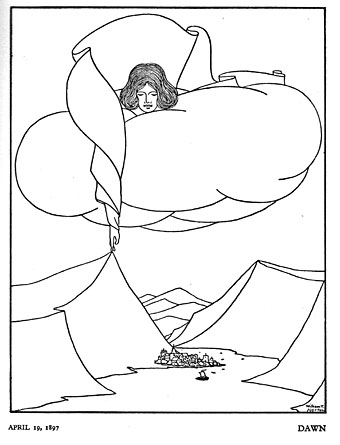
After mentioning William T. Horton last week I went looking for more of his artwork. The Internet Archive has a book I hadn’t seen before, William Thomas Horton: A Selection Of His Work by Roger Ingpen, but this has been uploaded with all the pages upside-down, a novel error even by the erratic standards of that site. I can correct things like this by downloading all the page scans then batch-rotating them using the Mac’s Automator application but few people would bother doing this (or know how to).
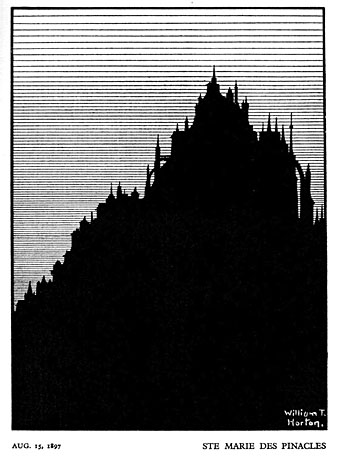
Happily, Wikimedia Commons has most of the artwork in a substantial Horton gallery. Horton never achieved the popularity of his contemporaries so if you’re not a book collector his art hasn’t always been easy to find. Some of his drawings can be crude or amateurish but at his best he had a flair for hieratic, mystical compositions in black-and-white that makes him a kind of British equivalent to Ephraim Moses Lilien. The Wikimedia gallery includes a section that purports to be Horton’s designs for a set of Tarot cards but I’m sceptical of the attribution. The drawings may have the names of the Major Arcana appended to them but all of the drawings (like the one below) appear to have been created for other reasons.
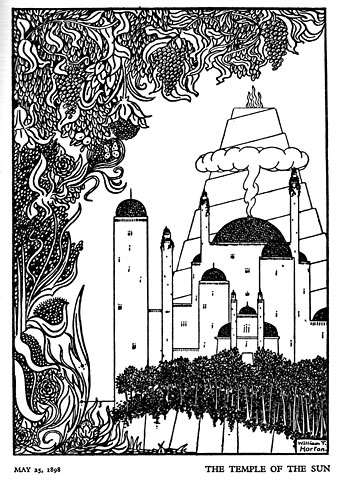
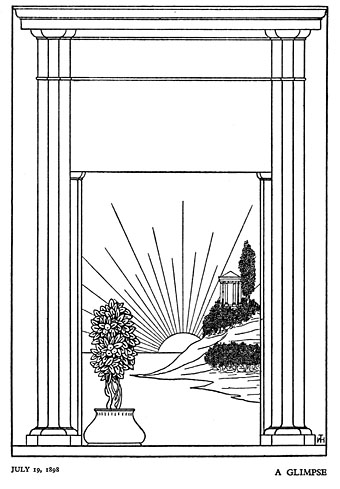
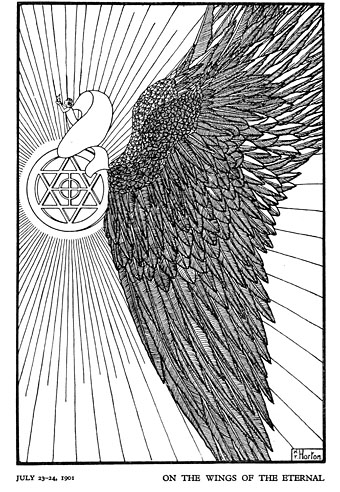
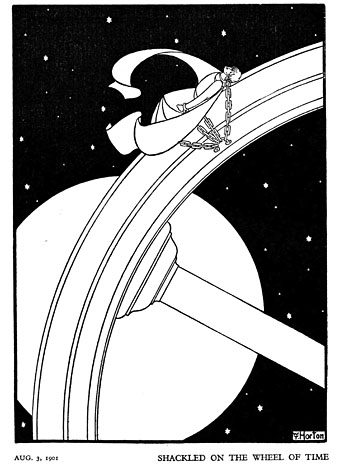
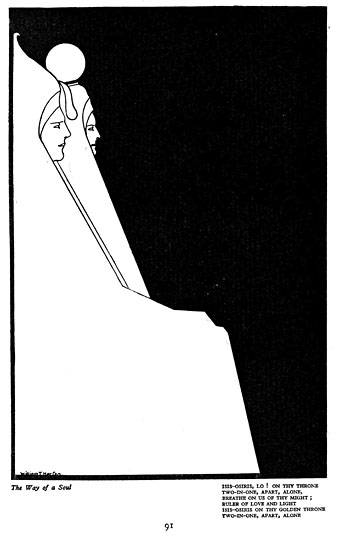
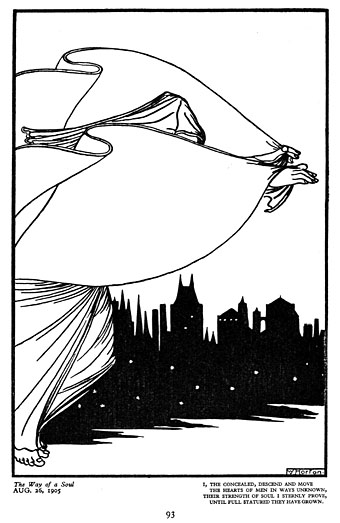
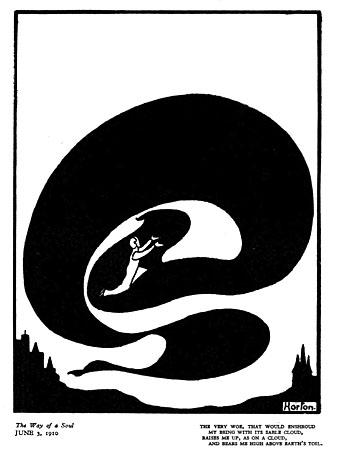
Elsewhere on { feuilleton }
• The illustrators archive
Previously on { feuilleton }
• The Green Sheaf
• A Book of Images by WT Horton

Thanks for alerting us to that Wiki’ collection!
Horton proves to be so much more than previous samples glimps’d: Works like “The Creeper”* have a distinct SIME-like feel, while his illustrations for Poe’s (There Is Always More) Pit & Pendulum have an amusing animated quality prefiguring GOREY.
* I wonder if there is any further bibliographic information in William Thomas Horton (1864-1919) – A Selection of his work. Endeavours to ‘right’ things for a looksee…
There’s a little discussion of his publications in the book but it’s mainly a discussion of his life and character.